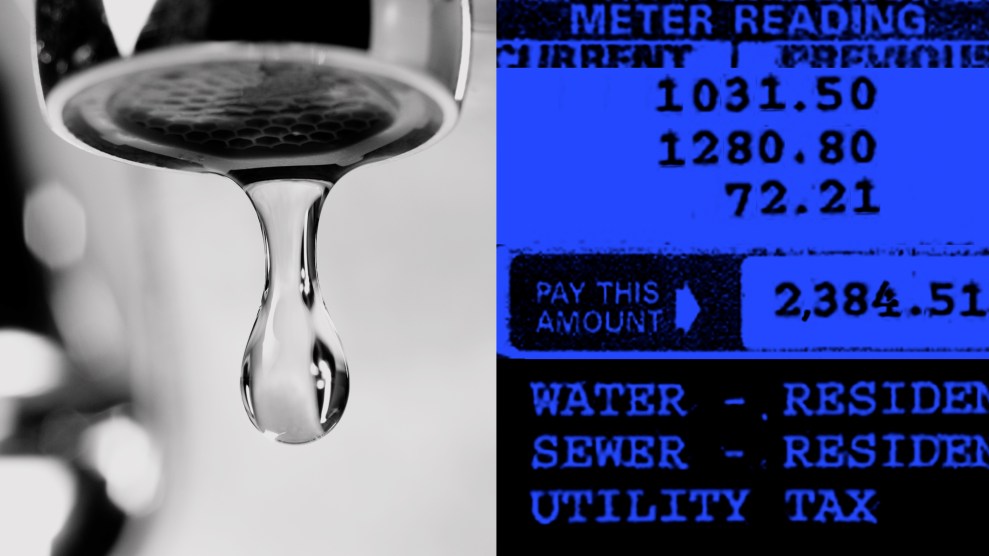As I wrote a couple of weeks ago, the growth in harsh sentencing and parole restrictions are filling the nation’s prisons with old and infirm prisoners. While these prisoners couldn’t do much damage if they tried, they are rarely shown any mercy, and there is little interest in alternatives such as letting them out for monitored house arrest as they near death, so that they can spend their final moments in the “free world.”
The Shreveport Times earlier this year profiled one such prisoner, Douglas Dennis, 73, a severely ill, wheelchair bound inmate at the Lousiana State Penitentiary at Angola. Dennis had been convicted of killing an accountant in the Shreveport city jail in 1957 and killing another inmate at Angola in the 1960s, and was serving two life sentences. In January, he appeared before the parole board, asking for clemency on the basis of his recent good record and good works at Angola, and his age and health problems, saying he wanted to be set free before he died. The request–which his lawyer called his “last chance,” since it only happens once every five years–was unanimously rejected by the board.
As the paper reported, his case was far from unusual:
Louisiana’s prison system holds 5,023 adult offenders over age 50 — more than three times the number in 1997, when about 1,500 inmates over age 50 were in the system. Age 50 is considered geriatric by corrections standards. Hard lives of drug abuse and poor health can make a 50-year-old inmate appear 10 or 20 years older, experts say….
Nationally, fewer than 5 percent of older inmates who are released commit new crimes. In Louisiana, of all inmates who were released in 2003 and who later returned to prison, only 1.3 percent were age 50 or older. For inmates age 55 or older, that figure drops to 0.6 percent, according to Louisiana Department of Corrections data as of June 30, 2008. By comparison, the highest recidivism rate for inmates released in 2003 was 9.9 percent for two age groups — 21-24 and 25-29.
At Angola, some 85 to 90 percent of those imprisoned die within its walls. Living death is such a matter of fact within Angola that the place has a hospice to ease the final passage, an elaborate funeral setup, and a large graveyard. Angola’s notorious warden, Burl Cain, has made it clear that he believes, quite literally, that the only way out of the place should be through the redempton found in embracing Christ; he has made it his mission to bring salvation to prisoners facing death by natural causes, as well as by lethal injection in Angola’s death house. As a result of his ministry, Cain has become the subject of heroic profiles in evangelical publications, and Angola has become a popular stop for Christian fundamentalist groups, who are welcomed on tours.
This week, the Shreveport Times reports the death of Dennis, apparently from a heart attack, in Angola’s hospital. The paper reports that state will conduct an autopsy, then hs body will be released to a funeral home and cremated. After that Dennis’s friend, author Abigail Pagett, will send him off in a manner not exactly dictated in Christian practice.
Padgett will place the ashes in a Viking boat that Dennis crafted in prison and set it on fire in the ocean. She said she and Dennis had planned this kind of funeral during Padgett’s visits to the prison.
At his January hearing before the parole board, those testifying in favor of Dennis included several corrections officers, a former warden, the former FBI agent who tracked Dennis after he escaped in 1979 (and lived a crime-free life in California for six years before being caught), and “the daughters of Elayn Hunt, late head of the corrections department, who said their mother’s dying wish had been that Dennis, who had served as her inmate chauffeur, be released.”
But the family of Dennis’s Shreveport victim told the Times that they strenuously opposed his release. And a reader commenting on his death in prison summed up what may be the dominant public opinion on the subject: “Life should mean life. So many others deserve to have life in prison for taking someone else’s life and are still out today. I don’t care if you are sorry and old and sick now. If you make mistakes when you are young, they tend to follow you until you are gone.”












